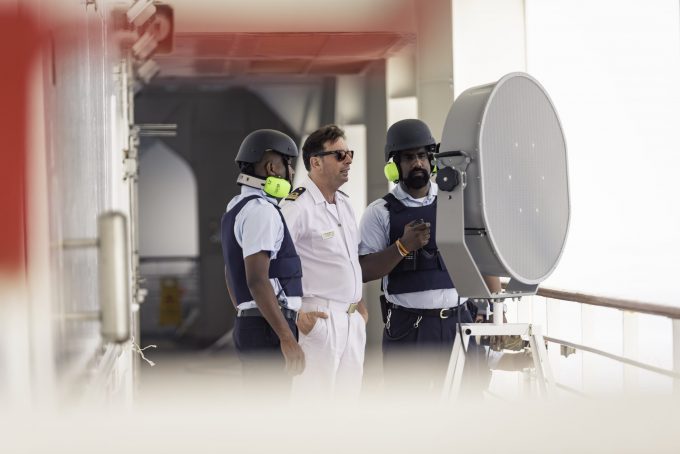
© Michele Rinaldi
The seemingly relentless widening of the Middle East conflict beyond the Red Sea appears to have been accompanied by a series of opportunistic attacks by Somali pirates, prompting speculation that the region may see a re-run of 2006’s piracy crisis.
The 10 April IMB Piracy Report, analysing the first three months of the year, notes five attempted pirate attacks, two of which resulted in successful hijackings.
It adds: “The recent successful incidents demonstrate the continued capabilities of these criminals… generally, Somali pirates tend to be well armed, with automatic weapons and RPGs.
“Masters and shipowners are encouraged… to ensure their vessel is hardened prior to entering these waters and maintain a 24-hour visual and radar watch,” it advises.
The latest attack, on bulk carrier MV Abdullah saw a $5m ransom paid by its owner – more than 8,000 times the yearly earnings for the average Somali, pointed out Vespucci Maritime CEO Lars Jensen on Sunday, adding: “As long as piracy pays off, we will see more of it.”
A report by EU Naval Force (EUNavFor) yesterday indicated that the situation “could potentially escalate” with the end of the monsoon period, and that “the payment of ransom could create a new wave of dhow hijackings which, in turn, will create future skiff attacks on [ships].”
In an interview with The Loadstar this week, Hans Tino Hansen, head of Risk Intelligence, was eager to keep things in perspective, however.
On the question of whether piracy was back, he said: “It is, and it isn’t.
“They have had one successful hijacking of a merchant vessel; one, Ruen, they lost to the Indian Navy; and a couple of attempts. Would you say ‘Somali piracy is back’ based on that? I wouldn’t.
“However, a couple of pirate networks are testing the water to see if the risk:reward ratio has become favourable, and this means there is an increased risk.”
Referring to the freeing of the MV Ruen, Mr Hansen said: “[The pirates] have seen some serious setbacks, which may have reduced their appetite, while the paid ransom for the Abdullah obviously pulls in the other direction.”
But compared with conditions in the Red Sea in 2006, when Somalia piracy kicked into gear, Mr Hansen told The Loadstar that the situation today was drastically different.
“We are far away from 2006 where the understanding of the growing piracy threat was minimal, to put it mildly, anti-piracy measures were virtually non-existent. Furthermore, counter-piracy operations did not exist.
“We have learned a lot since 2006, and there are many measures either in function or can be re-activated quickly,” he added.